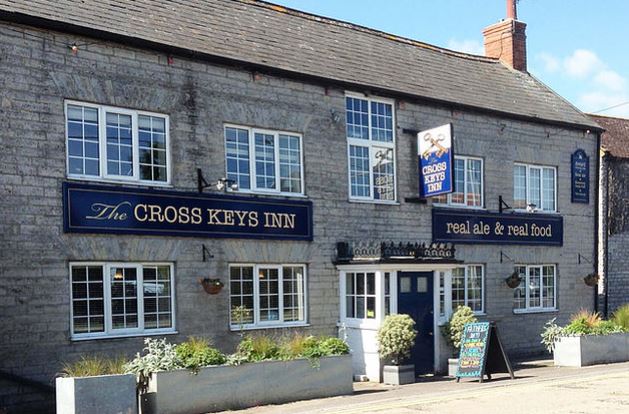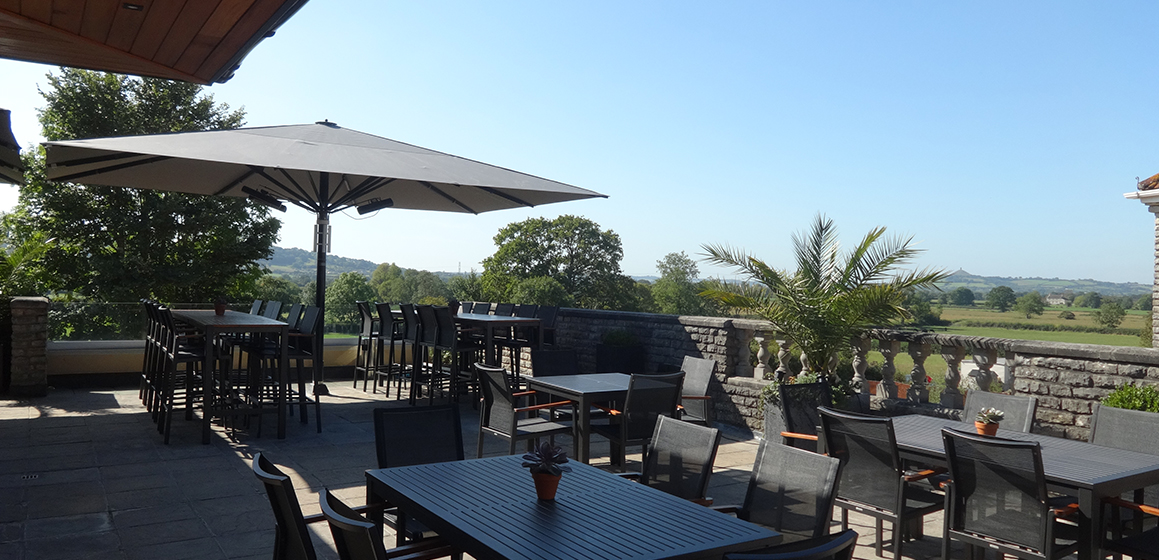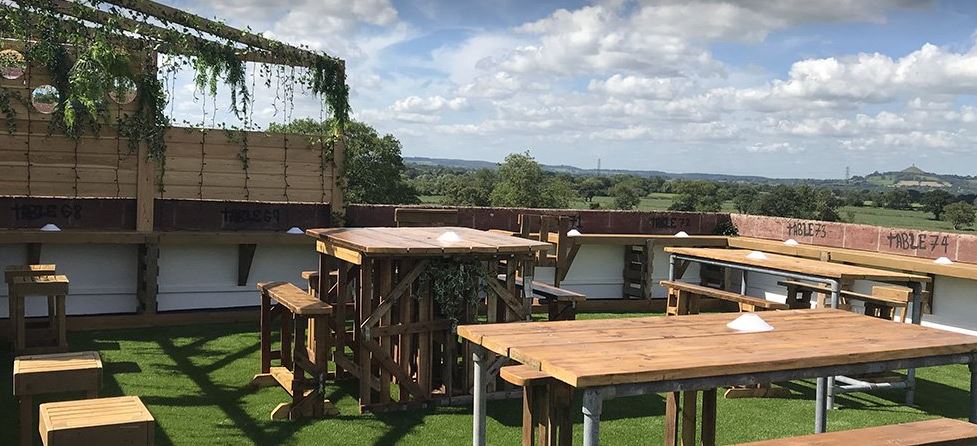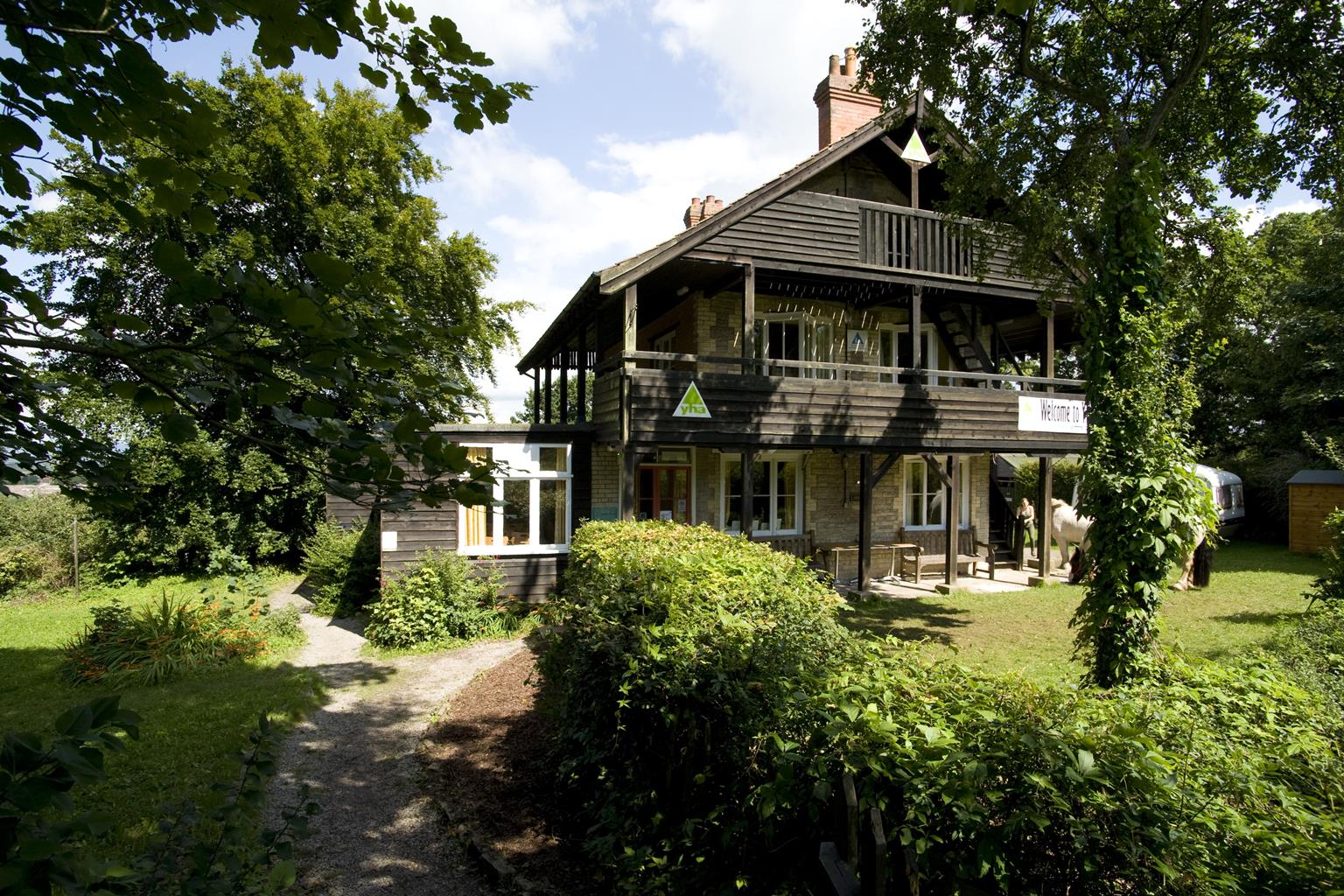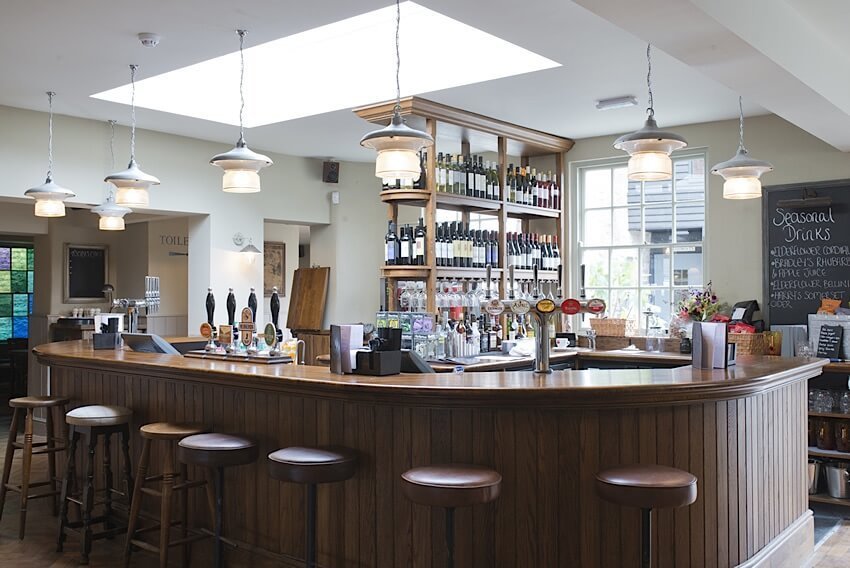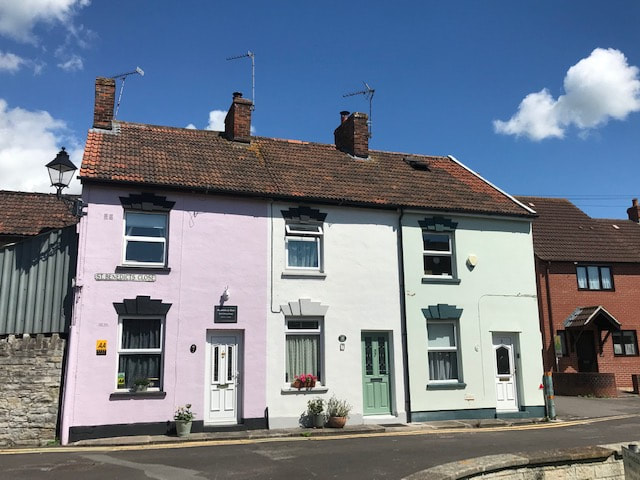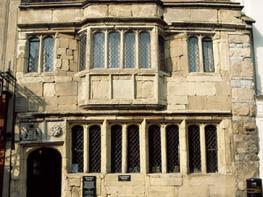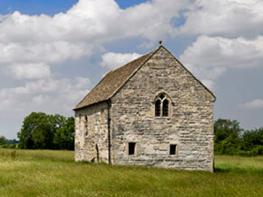Opened in 1931, YHA Street is the oldest YHA hostel still in operation today and makes for the…
Butleigh and Admiral Hood's Monument

5.25 miles (8.5kms)
About the walk
This corner of England has no shortage of distinguished military families, but the most prolific were the Hoods. All stemmed from Alexander who, in the 18th century, held land around Mosterton in Dorset. Of his three sons, whose names were confusingly recycled with each generation, Alexander inherited the Mosterton estate while Arthur (who didn't marry) and Samuel took to the cloth.
A naval tradition
Samuel ended up vicar of Butleigh, with three of his eight children entering the navy. The eldest, also Samuel, ended 55 years service as an admiral and was created Viscount Hood before dying at the ripe old age of 92. His younger brother Alexander put in 60 years to reach vice admiral and be created Viscount Bridport. With two sons at sea and one drowned in a nearby river, Vicar Samuel persuaded his last surviving son to follow him into the church. But despite a respiratory condition, he too found his way into the navy and served as a chaplain until his health forced premature retirement. He briefly succeeded his father as vicar at Butleigh before dying at the age of only 38.
The other branch of the family followed a similar tradition. The second of Alexander of Mosterton's sons, another Samuel, served as a purser and sired two daughters as well as an Arthur, Alexander and Samuel. Arthur, a captain, drowned in a hurricane off Pomona in the West Indies, while Alexander, also a captain accompanied Cook on one of his circumnavigations, but was later mortally wounded in action on the ship Mars in 1798. Samuel entered the navy at the age of 14 as a midshipman in 1776 and had a distinguished career around the world in the American and French revolutionary wars as well as the Napoleonic wars. He was promoted to rear admiral in 1806 after a successful action during the blockading of Rochefort in the Bay of Biscay in which he lost an arm. Samuel returned to duty in the Mediterranean and became vice admiral in 1811, eventually dying of fever three years later in Madras at the age of 52.
Subsequent generations also achieved command and several ships have carried the family name. Passed on this walk is a soaring column on Windmill Hill, which was erected to the memory of Sir Samuel, the one who died at Madras.
Walk directions
Leave through a gap halfway along the right-hand side of the car park. Swing left to a T-junction and then turn right along a gravel path, passing a fork to a viewpoint clearing. Return to the fork and bear left, soon arriving at a junction by New Ditch. Keep ahead down a bank and along a woodland path onto National Trust land. After running along the lip of an open escarpment, the path curves towards more trees and splits to either a stile or gate. Go over the stile and through a gate beyond. Dip across an intersecting path and continue to the Hood Monument.
Go right beside the plinth and right again along another path to the road. Cross to a gated track opposite and carry on at the right-hand edge of a couple of fields. With the hedgerow now on your left, walk beside two more fields to emerge onto Wood Lane.
Through the gate opposite, follow the perimeter right around two sides to the far corner. Continue in the next field, watching for a stiled bridge some 50yds (46m) along on the right. Head diagonally left across an orchard, grazing the corner of a wood to maintain the same line across pasture to another indented corner by the Cedar Avenue. Cut straight across the avenue to a gate and bear left across a field to its far corner. Carry on by the left hedge into the next corner, there turning left through a gate and following the right hedge towards a lane. However, after 30yds (27m), cross a stiled bridge on the right and head diagonally across a final field to meet the lane at the far left corner by a cottage.
Go right into Butleigh and then left at a crossroads along High Street, where a track off left enables a detour to the church. Where High Street eventually bends left into Henley lane, keep ahead up a drive. Walk past converted stables, across lawn and then at the edge of a paddock to meet another lane. Turn right to a crossroads overlooked by the Rose and Portcullis.
Continue forward along Wood Lane for 150yds (137m) before leaving through a kissing gate on the left opposite Moorview Nursery. Head up at the edge of a couple of fields and across an orchard to reach a track by a farm. Through a gate opposite, climb past paddocks to the field above. Follow the boundary right beside a wood, walking around two sides of the next field. Over a stile in the top corner, go right around three sides of a final field to emerge onto a road.
Go right, leaving just past the Butleigh junction for a track on the left. After a few paces climb a stile on the right into Combe Hill Wood. Carry on as another path joins to reach a junction. Go right and then fork left back to the car park.
Additional information
Generally good field and woodland paths, a short stretch along a busy road
Rolling fields and woodland
On leads near grazing livestock
OS Explorer 141 Cheddar Gorge
Combe Hill Wood car park (free), 0.75 miles (1.2km) south east of Hood Monument
None on route; nearest are at Street
WALKING IN SAFETY
Read our tips to look after yourself and the environment when following this walk.
Find out more
Also in the area
About the area
Discover Somerset
Somerset means ‘summer pastures’ – appropriate given that so much of this county remains rural and unspoiled. Ever popular areas to visit are the limestone and red sandstone Mendip Hills rising to over 1,000 feet, and by complete contrast, to the south and southwest, the flat landscape of the Somerset Levels. Descend to the Somerset Levels, an evocative lowland landscape that was the setting for the Battle of Sedgemoor in 1685. In the depths of winter this is a desolate place and famously prone to extensive flooding. There is also a palpable sense of the distant past among these fields and scattered communities. It is claimed that Alfred the Great retreated here after his defeat by the Danes.
Away from the flat country are the Quantocks, once the haunt of poets Samuel Taylor Coleridge and William Wordsworth. The Quantocks are noted for their gentle slopes, heather-covered moorland expanses and red deer. From the summit, the Bristol Channel is visible where it meets the Severn Estuary. So much of this hilly landscape has a timeless quality about it and large areas have hardly changed since Coleridge and Wordsworth’s day.
Nearby stays
Restaurants and Pubs
Nearby experiences
Recommended things to do
Why choose Rated Trips?
Your trusted guide to rated places across the UK
The best coverage
Discover more than 15,000 professionally rated places to stay, eat and visit from across the UK and Ireland.
Quality assured
Choose a place to stay safe in the knowledge that it has been expertly assessed by trained assessors.
Plan your next trip
Search by location or the type of place you're visiting to find your next ideal holiday experience.
Travel inspiration
Read our articles, city guides and recommended things to do for inspiration. We're here to help you explore the UK.

